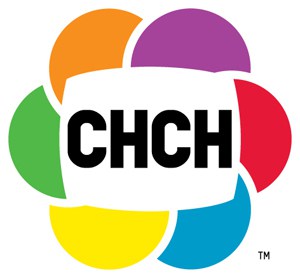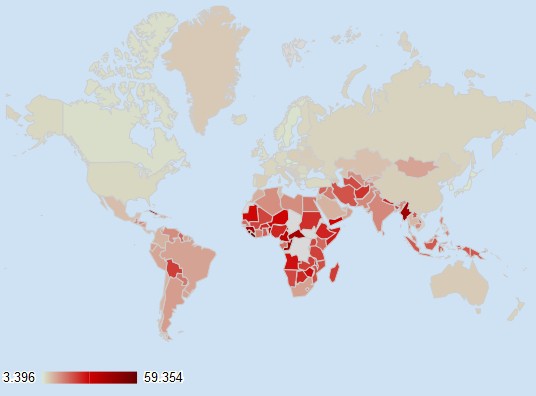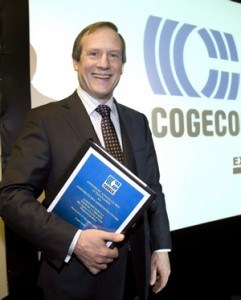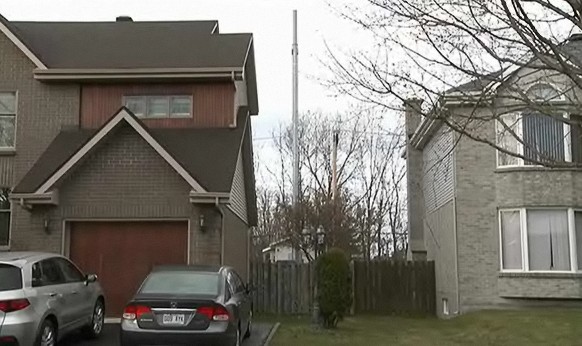The cable industry seems to have an increasing problem keeping adult entertainment on the right channels. Just a week after Colorado viewers were treated to an XXX-rated wakeup call during Good Morning America, cable viewers across western Canada and parts of Ontario got an eyeful of gay hardcore porn for several minutes Friday during CHCH-TV’s News Now AM morning news.
The unwanted programming, which also turned up in public viewing areas such as airports and diners, caused more than a few to put down the Tim Horton’s coffee and pick up the phone.
The Hamilton, Ont. television station initially got the blame. So many Canadians were talking about it, the station became a trending topic on Twitter.
“Just eating some pancakes this morning watching #CHCH … I no longer like pancakes or the news,” wrote Twitter user @derek1913.
Kelling says the scene she saw was particularly explicit.
“It went on and on,” Kelling says. “Gay or straight aside, parents will be answering questions over this one.”
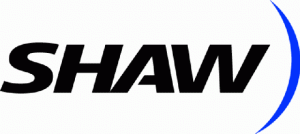 So will Shaw and Cogeco Cable, who were responsible for treating viewers to the racy movie in the morning. CHCH didn’t wait for a blow by blow explanation from either company before taking to the air with an apology.
So will Shaw and Cogeco Cable, who were responsible for treating viewers to the racy movie in the morning. CHCH didn’t wait for a blow by blow explanation from either company before taking to the air with an apology.
“First of all, we would like to apologize to our viewers,” said CHCH news director Mike Katrycz. “This was a problem that originated, not at CHCH, but at a cable company. Apparently some cable lines had been cut, and in the splicing back together some inappropriate content went to air. Again it was beyond the control of CHCH, but we do apologize to our viewers.”
Cogeco, Shaw Cable, and the Canadian Broadcast Standards Council have all launched independent investigations into the matter.


 Subscribe
Subscribe